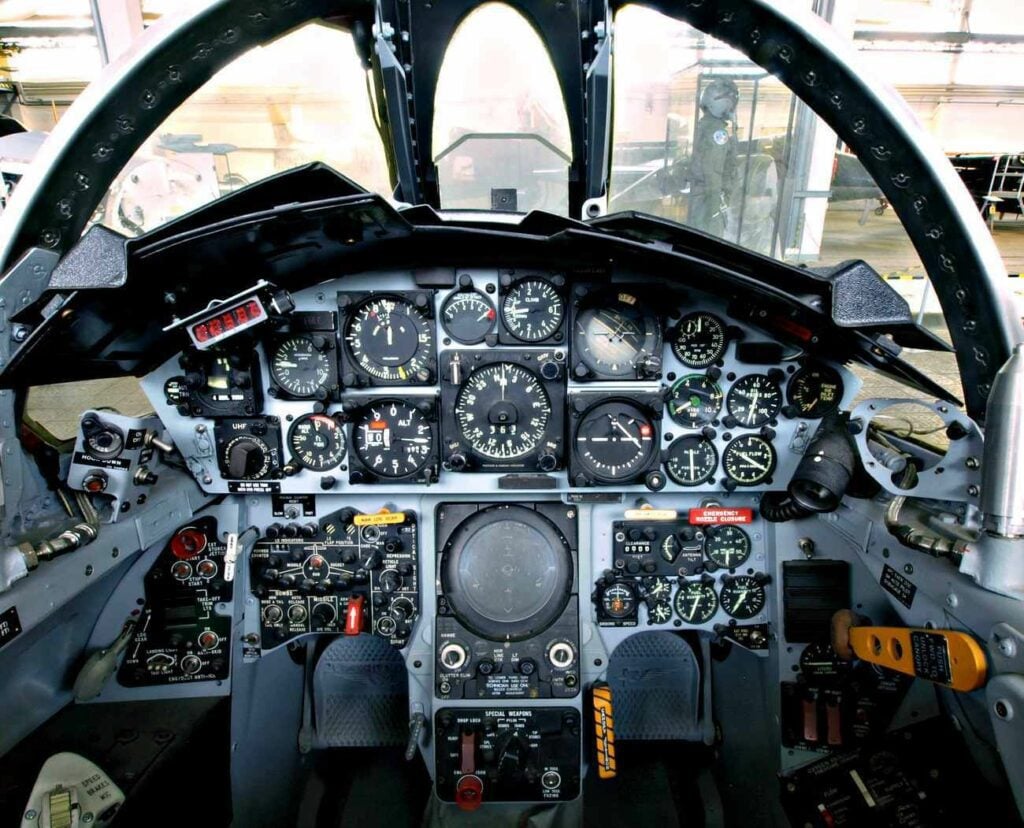The law of averages dictated many of the standards we have today, and a good example is the size of clothing. While we can all fit into a small, medium, or large, but did you know that the law harmed the Air Force?
Military plane seats were designed using the average dimension of pilots. A young researcher realized that none of the pilots measured in the 1950s would fit the design. This led to adjustable seats, foot pedals, helmet straps, and flight suits.
Pre-World War II Seat Designs
With the birth of aviation, the U.S. Army quickly designed aircrafts to aid them in their battles in the first world war. Cockpit designs were first developed in 1926, strictly adhering to Lincoln’s beliefs in the law of averages. Engineers measured the physical dimensions of male pilots. They then derived standards of each dimension and used this data to standardize the measurements of the cockpit.
The size and shape of the seat, the distance of the pedals and stick, the height of the windshield, and the shape of the flight helmets were built to conform to the average dimensions of a 1926 pilot and remained unchanged for the next three decades. (Source: The Star)
The Flaw of the Average Design
The Army began recruiting hundreds of pilots due to the expansion and consequent separation of the Air Force branch in 1947. This growth saw a decline in pilot performance. The Air Force suffered numerous fatalities, even in flight training courses, and at its worst point, 17 pilots crashed in a single day. The high death rate became a mystery for the Air Force, often blaming pilot error or flaws in the training program.
Finally, the Air Force was able to pinpoint the cause of the accidents. The cockpit design did not fit most pilots. They initially thought that the average pilot of the 1950s significantly grew compared to the pilots of the 1920s. In 1950, they asked researchers in the Wright Air Force base to calculate the new averages.
Part of the researchers was a young Harvard graduate Gilbert S. Daniels. Daniels majored in physical anthropology, the field that specializes in the anatomy of humans. Daniels’ task was to measure pilots on ten physical dimensions. He was able to measure 4,063 pilots in total. (Source: 99 Percent Invisible)
Daniels and his fellow scientists expected that a significant number of pilots would fit the average range on all ten dimensions since pilots were pre-selected as they appeared to be of average size.
Daniels was shocked by his discovery. No one out of the 4,063 pilots fit the average range on all ten dimensions. His findings were clear. There was no such thing as an average pilot. And if the cockpit was designed to fit the average pilot, this meant it could not fit anyone. (Source: The Star)
Cockpit Improvement
The Air Force took Daniels’ findings and discarded the average as the reference standard. They focused on designing cockpits that would fit pilots whose measurements were within five to ninety-five percent range on each dimension.
Airplane manufacturers debated that the change would be too expensive and would take years to develop, but aeronautical engineers came up with cheap, easy-to-implement solutions. The engineers designed and created adjustable seats and foot pedals. They also developed adjustable helmet straps and flight suits at the same time.
These changes in design brought about better pilot performance and influenced other military branches to adopt it. (Source: The Star)
